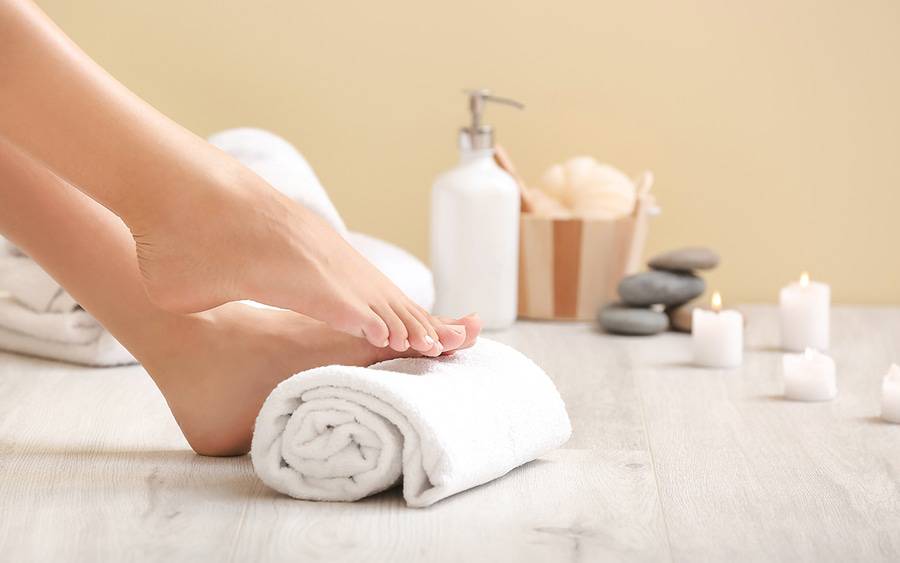7 Pedicure Safety Tips for People With Diabetes
Safety guidelines for salon pedicures

Safety guidelines for salon pedicures
The forecast calls for sunny weather. You want to slip into sandals or open toe-shoes, but your feet have to look their best. A pedicure is an option. But if you have type 2 diabetes, a pedicure comes with some risks.
One is the risk of infection from a poorly sterilized pedicure tool or a cut. Infection can raise your blood sugar levels, interfere with proper healing and put you at risk of more serious complications like ulcers and even amputation.
So before scheduling a visit to the nail salon, check with your physician to make sure it’s okay to get a pedicure.
“People with poorly-controlled diabetes can develop foot problems, such as decreased circulation or nerve damage, which can lead to serious complications,” says Athena Philis-Tsimikas, MD, a clinical endocrinologist and vice president of Scripps Whittier Diabetes Institute.
“Poor circulation can make your feet less able to fight infection. Nerve damage can cause loss of feeling, so if you injure your foot, you may not know it,” says Dr. Tsimikas said. “This makes cuts and nicks in the nail salon something you really want to avoid if you have diabetes.”
If given the green light for a pedicure, stick to a few basic precautions that can significantly reduce your risk of infection and lead to a safer, more pleasant experience.
Doctor-approved foot care tips
Follow these tips if you have type 2 diabetes and are considering getting a pedicure.
1. Know when to skip a pedicure
If you currently have any infections, cuts, or open sores on your legs, feet, or toenails, avoid the salon and the many risks. This applies also if you have neuropathy, which is a type of nerve damage that can occur with diabetes.
Instead, contact your physician for a referral to a podiatrist or other specialist who is medically trained to care for your feet.
2. Avoid shaving your legs for a day or two before your pedicure
Shaving can leave tiny nicks in your skin and increase the risk of infection. If you have neuropathy, it can lead to a loss of sensation to the affected areas. Without the ability to feel pain, people with diabetic neuropathy can allow small cuts or blisters on their feet to fester into larger sores or ulcers which can become infected.
3. Find a salon that is clean and practices impeccable sanitation
Tell the manager you have diabetes and inquire about their sterilization procedures. Reputable salons will work with you and show you how they operate.
Foot baths should be cleaned and disinfected between customers. Clippers and other tools should be washed and sanitized in a disinfecting solution or a surgical autoclave, which uses pressurized steam to sterilize instruments.
4. Bring your own nail kit
Play it safe and bring your own pedicure tools if possible.
5. Mention you have diabetes before the pedicure begins
Ask the technician to avoid doing anything that can scratch or injure the skin. Speak up if you don’t like what the technician is doing.
6. Bring up protective practices
Ask the technician not to cut your nails too short, as this can encourage ingrown toenails and lead to infection. Make sure toenail edges are not sharp; they should be rounded off with a file.
7. Skip any services that can injure the skin
Never allow the technician to cut your cuticles or use any sharp instruments on your skin or under your toenails. Instead, after your feet have been soaking for a few minutes and the skin around your toes is soft, cuticles can be gently pushed back with an orange stick, which is the thin stick, typically made of orange wood that is used for manicuring.
After your pedicure is finished, keep an eye on your feet and legs for any signs of redness or infection. If you notice anything unusual, call your doctor right away.